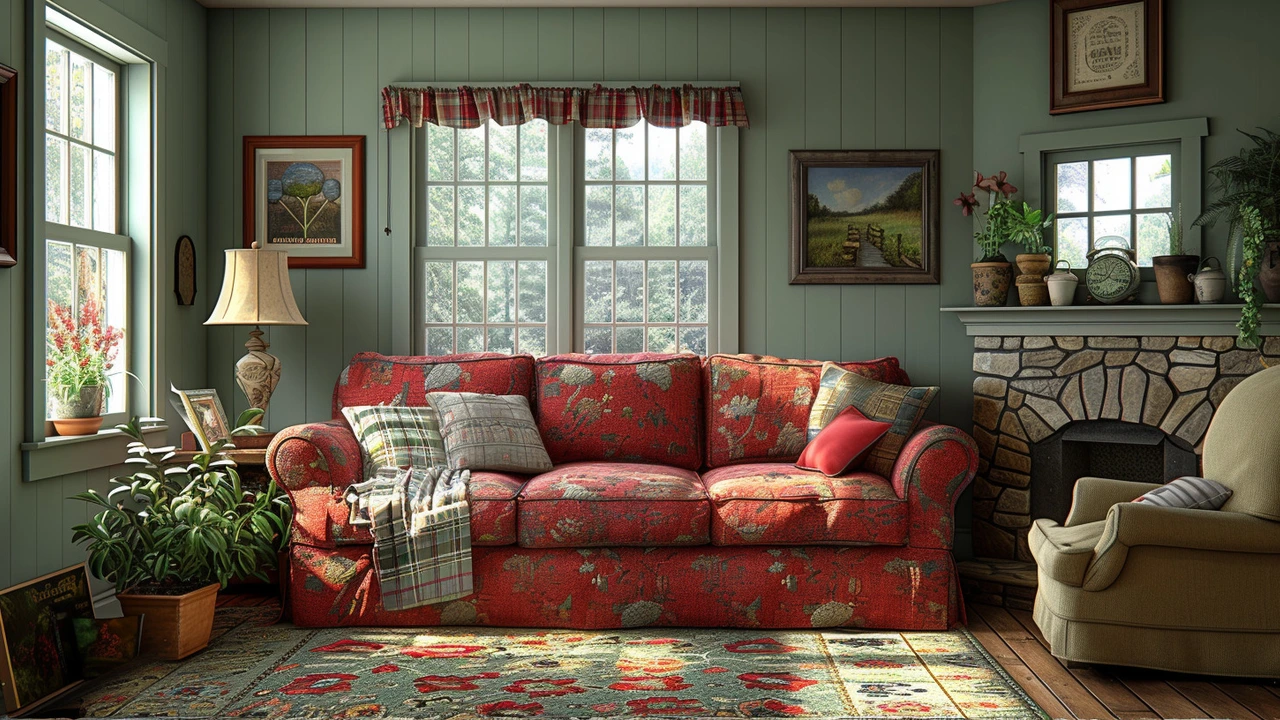Have an eye for design? Then join me as we delve into the beauty of the American Craftsman style - an architectural success story that refuses to fade away! We'll uncover its roots in historical American architecture, unpack its timeless appeal, and discover why it remains a sought-after style for homes across the continent. No design trend has stood the test of time quite like this, and I can't wait to share its unique charm with you!
Historical American Architecture: A Practical Guide to Styles and Features
Want to recognize old buildings without a textbook? Historical American architecture is a mix of styles brought by colonists, immigrants, and local builders over centuries. That mix created places that look familiar and surprising at the same time. This page gives you clear features to look for, quick examples to visit, and simple tips for seeing history in the streets.
Key styles to know
Colonial (17th–18th century): Think symmetry, steep roofs, and small-paned windows. In New England, expect clapboard siding and central chimneys. In the South, look for wide porches and raised foundations to handle heat and humidity. Walk through Boston or Charleston and you’ll see clear differences tied to climate and local crafts.
Georgian & Federal (late 18th–early 19th): Georgian favors strict symmetry and brickwork with decorative crown moldings. Federal keeps the balance but adds slimmer details—fanlights over doors and delicate ironwork. Historic districts in Boston, Philadelphia, and Annapolis have classic examples.
Greek Revival (early–mid 19th century): Big columns and pediments inspired by ancient temples. It was popular for banks, courthouses, and plantation homes. Drive through towns like New Orleans or public squares in the Midwest and you’ll quickly spot the temple-like fronts.
Beaux-Arts & Renaissance Revival (late 19th–early 20th century): These styles add grand stone facades, sculpted details, and large arches. They shaped city halls, museums, and train stations—look to New York, Washington D.C., and Chicago for striking examples.
American Craftsman & Bungalow (early 20th century): Low-pitched roofs, exposed rafter tails, and built-in woodwork inside. These homes feel warm and human-scale. Los Angeles and many suburban neighborhoods across the country are full of authentic Craftsman houses.
Mid-Century Modern & Ranch (mid 20th century): Open plans, horizontal lines, and large glass walls mark these styles. The Ranch is single-story and casual; Mid-Century emphasizes clean geometry and integration with outdoors. Driveable examples appear across California and in planned suburban developments nationwide.
How to spot, photograph, and care for these buildings
When you walk a neighborhood, focus on roof shape, window pattern, and entry details—those three clues usually tell the style. For photos, use early morning or late afternoon light to pick up texture on brick and stone. If you care about preservation, learn the local history group’s priorities: they often need volunteer photographers, simple maintenance help, or small donations to save original windows and trim.
Want quick visits? Head to Boston and Charleston for Colonial and Georgian; Washington D.C. and New York for Greek Revival and Beaux-Arts; Pasadena and Portland for Craftsman; Palm Springs and parts of California for Mid-Century. Each city shows how American builders reused old ideas and adapted them to new places. Walk, look closely, and ask locals—stories tied to buildings are often the best history lesson.

